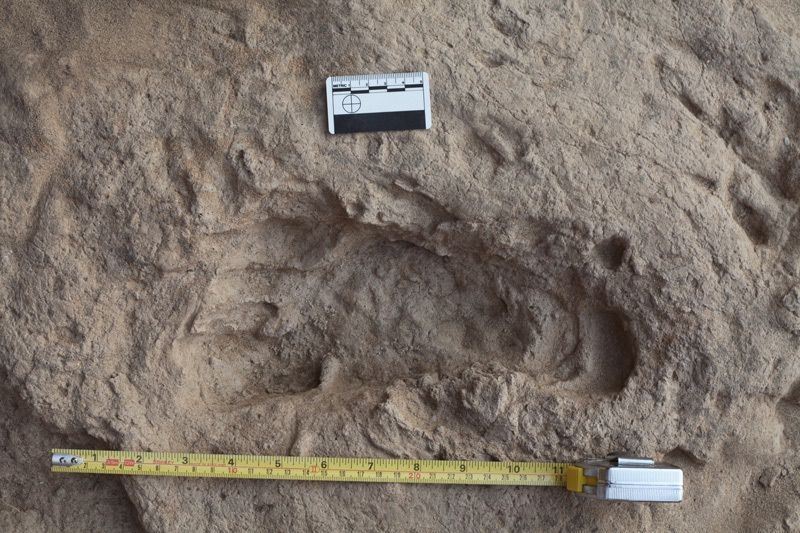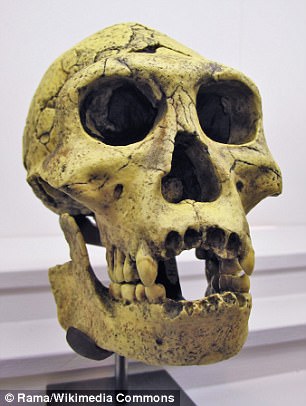1.5-Million-Year-Old Footprints Reveal Human Ancestor Walked Like Us
Homo erectus last walked through the Earth for thousands of years, but our fossil ancestors likely had a few behaviours in common with humans today.
In a new study, researchers have examined a set of 1.5-million-year-old footprints discovered in Kenya, revealing new insight on how they moved and interacted.
The international team discovered that Homo erectus was able to go along in the same manner as modern humans and had human-like social behaviour, using innovative analytical techniques.

Researchers from the Max Planck Institute for Evolutionary Anthropology in Leipzig, along with an international team of scientists, investigated ancient hominin footprints discovered in 2009 near the town of Ileret, Kenya.
The continued efforts since the initial discovery revealed an unprecedented set of trace fossils, consisting of 97 tracks from at least 20 different individuals, all thought to be Homo erectus.
These were found over five distinct sites.
The researchers say the footprints are indistinguishable from those of a modern barefoot human, with similar foot anatomies and mechanics.
‘Our analyses of these footprints provide some of the only direct evidence to support the common assumption that at least one of our fossil relatives at 1.5 million years ago walked in much the same way as we do today,’ says Kevin Hatala, of the Max Planck Institute for Evolutionary Anthropology and The George Washington University.
Habitual bipedal locomotion sets modern humans apart from other primates, and researchers have long debated the question of when this giant first emerged among hominins.
Determining these types of answers are difficult using traditional forms of paleoanthropological data, but the findings in Kenya and the use of new experimental techniques have provided a unique look at the locomotion patterns and social structures of Homo erectus.
The researchers also calculated body mass estimates based on the tracks, allowing them to infer the sexes of multiple individuals.
This revealed that there may have been several adult males at each of the sites, which suggests Homo erectus groups had developed some degree of tolerance and maybe even cooperation.
According to the researchers, this trait also separates modern humans from other primates.
‘It isn’t shocking that we find evidence of mutual tolerance and perhaps cooperation between makes in a hominin that lived 1.5 million years ago,’ says Hatala, ‘especially Homo erectus, but this is our first chance to see what appears to be a direct glimpse of this behavioural dynamic in deep time.’







